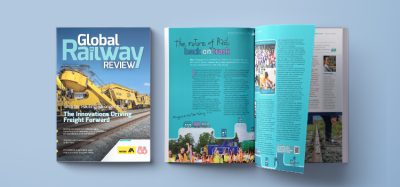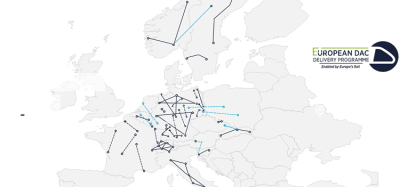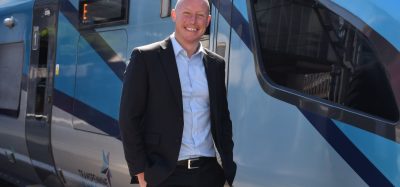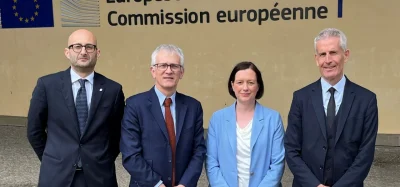Growing rail’s family
Posted: 12 July 2024 | Daisy Chapman-Chamberlain - East West Railway Company | No comments yet
For Global Railway Review’s latest Track Insight: Talent, Daisy Chapman-Chamberlain, Innovation Manager at the East West Railway Company, discusses the essential role of training and diversity initiatives in fostering a skilled, inclusive and forward-thinking rail workforce to meet industry challenges.


Many young people could also be attracted to the the ‘railway family’ attitude that has flourished within the industry”
Attracting future talent is vital to the rail industry, as the sector has a skills gap looming as many employees retire out of it; according to the National Skills Academy for Rail, nearly 50,000 rail industry employees are expected to retire by 2030. Rail is a ‘traditional industry’; which can be both a benefit and a barrier to attracting this next generation of rail workers. Some may worry that the sector appears set in its ways, resistant to change, and in some ways that is true; we know that adopting innovation into an industry with such a strong safety focus and set ways of working will always be tricky. However, many young people could also be attracted to the the ‘railway family’ attitude that has flourished within the industry; a true community, which is a rare thing in any sector in 2024.
78% of eight to 15-year-olds in the UK agreed that looking after the environment was important to them”
Rail is also, largely, a sustainable sector; a factor which appeals to the values of the next generation. 78% of eight to 15-year-olds in the UK agreed that looking after the environment was important to them, and 81% said that they wanted to do more to look after the environment (according to national statistics published by Natural England)– roles in rail provide great opportunities to achieve this.
Attracting young talent to the rail industry
But why do we need to hire younger people into rail? For one, the skills and hiring gap outlined above. However, there are benefits to hiring younger people beyond this obvious staffing need – according to multiple studies, hiring younger people increases diversity of thought and can make a company more innovative and future-proof, including through digital innovation, which can lead to increased profit margins, sustainability, accessibility, and beyond. East West Rail, a nationally significant infrastructure project, is an attractive prospect for the employees of the future, giving them the exciting opportunity to influence rail travel for decades to come.
However, in order to meet the industry’s significant recruitment goals, we must consider how we present ourselves as a sector. ‘You can’t become what you can’t see’ as the saying goes, and therefore to attract young people from a wide range of backgrounds we must ensure our marketing and outreach is targeted at spaces young people already occupy (such as outreach into schools and universities), is diverse in terms of visual representation, and uses inclusive language. In the UK, there is an ongoing consultation on lowering the minimum age to become a train driver in Great Britain from 20 to 18, enabling more young people to envision themselves in and apply for these roles. Some countries take a truly alternative approach to attracting attention to their rail offerings; Austria promoted their ‘Klimaticket’ (their annual pass which grants access to all public transport in the country) by inviting music festival attendees to get a tattoo of the name of the pass in return for a chance to win a free one-year Klimaticket.
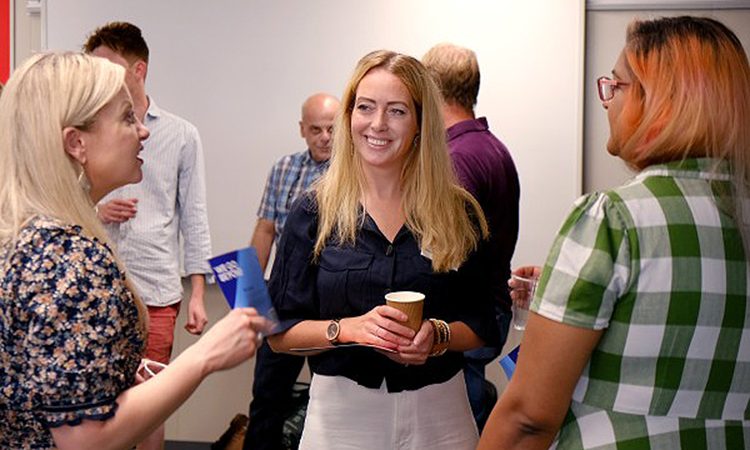

Credit: East West Railway Company
Cultivating a diverse sense of community and tradition
Gendered attitudes are fully formed by the time a child turns seven years old, and if they consider rail jobs to be ‘male jobs’ at that point, changing their minds becomes a struggle”
Beyond such unique outreach examples, there is also a wider need for us to consider how we present our sector in the broadest possible sense, including in the mainstream media. Gendered attitudes are fully formed by the time a child turns seven years old, and if they consider rail jobs to be ‘male jobs’ at that point, changing their minds becomes a struggle. We must ensure that diverse visuals and inclusive language permeate every level of our industry and our outreach.
This is a difficult task when we consider that transport as a whole is still heavily imbalanced, with women making up around 20% of the UK transport workforce and 17% of the UK rail workforce. At the same time as reaching out to the next generation, we need to do more to recruit, retain, support, and promote women within the sector, as well as people of all backgrounds, ensuring that we have a genuinely inclusive face to present to our future employees. A better gender balance also makes financial sense, as organisations which are more diverse (encompassing factors ranging from gender, to age, to race) outperform those which are less diverse; for example, more women at C-suite level leads to higher profits – a study from the Peterson Institute for International Economics and Ernst & Young showed that a shift from no female leaders to 30% representation positively correlates with a 15% increase in net revenue margin.
Community rail is a grassroots community-led movement, made up of community rail partnerships, volunteer groups and other groups across Britain”
With such a challenge ahead, how can we put ourselves in the strongest position to meet our rail employment needs? For attracting young people into the sector, a key route is engaging with community rail. Community rail is a grassroots community-led movement, made up of community rail partnerships, volunteer groups and other groups across Britain. This vital movement delivers schools engagement to tens of thousands of students each year; and with already established connections into their local schools, colleges, and universities, they are invaluable expert partners in the rail education space. Any rail organisation can connect with Community Rail by reaching out to Community Rail Network, the national body which assists community rail partnerships. East West Railway Company recognises the importance of engaging with our local communities, including through multiple local community rail partnerships and rail volunteer groups; creating a portal for young people to access rail travel, opportunities, and employment into the future.
It is also vital that engagement and education action is taken across the sector – as this challenge is universal across rail, collaboration is key to addressing it effectively. To enable rail to thrive into the future, it is essential that we work together to tackle these challenges, through partnership working, collective inclusion, and a united approach to engagement.


Related topics
Global Railways Review's Track Insight: Talent, The Workforce, Training & Development, Women in Rail



